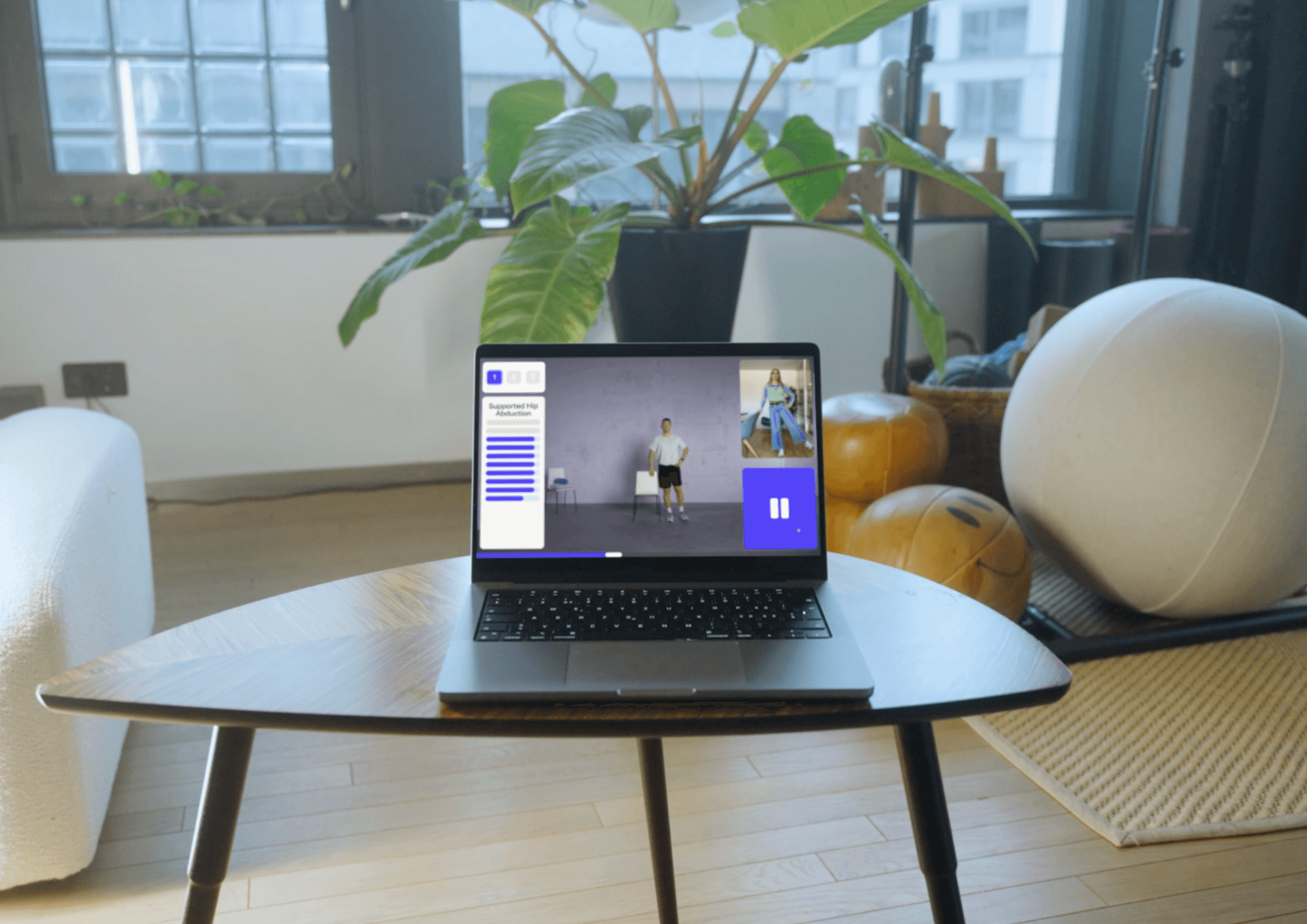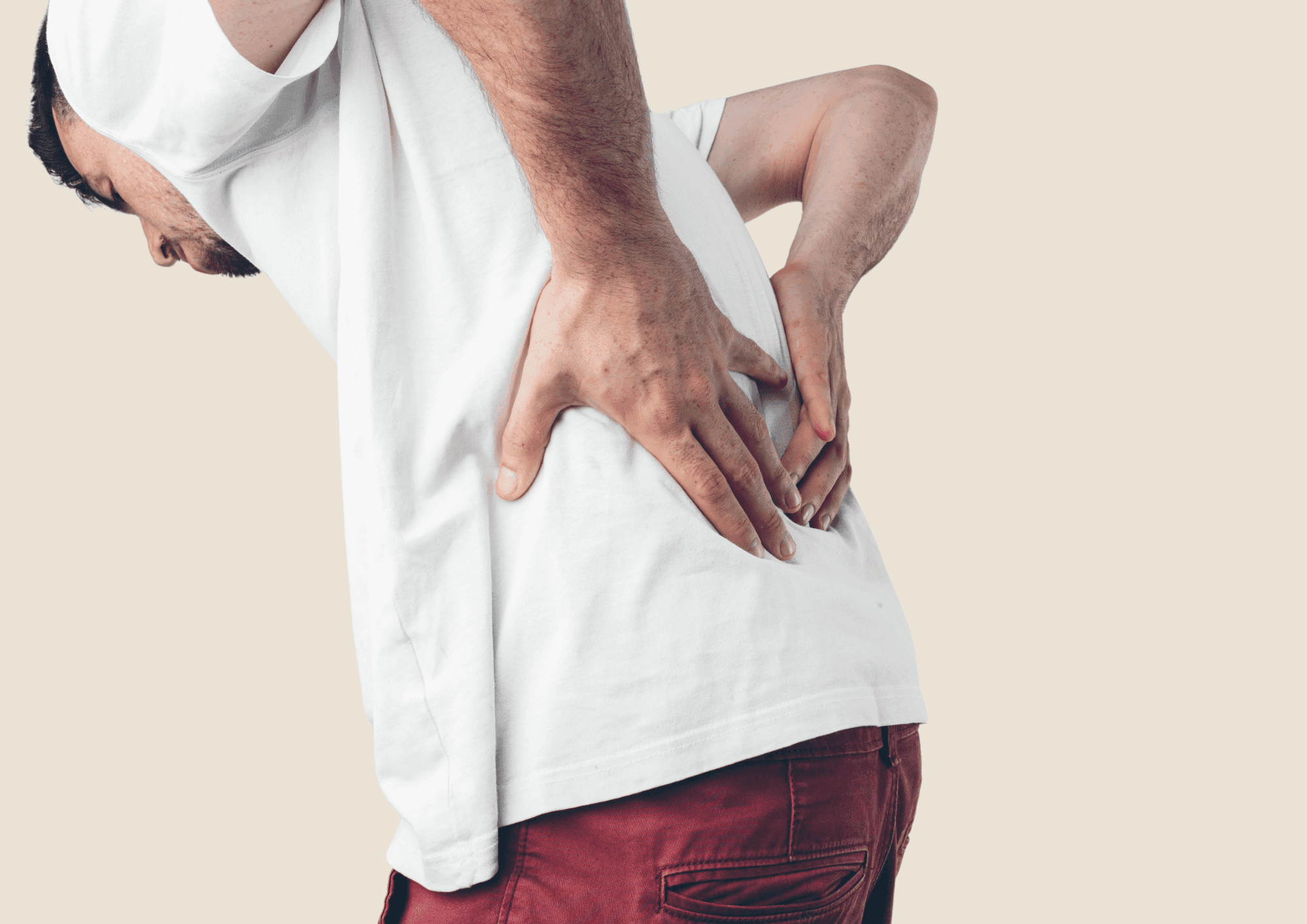Knee pain is a common problem that affects people of all ages. This pain can be due to injuries such as torn ligaments or cartilage damage. Misalignments or medical conditions such as rheumatism and osteoarthritis can also trigger severe pain.
There are several types of knee pain that can be effectively treated through self-help measures. In addition, physiotherapy and wearing knee braces can help relieve pain. However, in some situations, surgical treatment may be necessary.
Are you also affected by knee pain or are you interested in possible causes and treatment methods? Then you've come to the right place.
Symptoms associated with knee problems
Depending on the cause of the knee problems, the location and severity of the pain can vary. Signs and symptoms that sometimes accompany knee pain include:
- Inability to fully extend or bend the knee
- Weakness or instability
- Swelling and stiffness
- Redness and warmth to the touch
- Cracking or grinding sounds with movement
Causes of knee pain
Various causes can underlie knee pain. These include mechanical injuries and inflammation, congenital deformities or deformities acquired during life, and diseases of the knee joint.
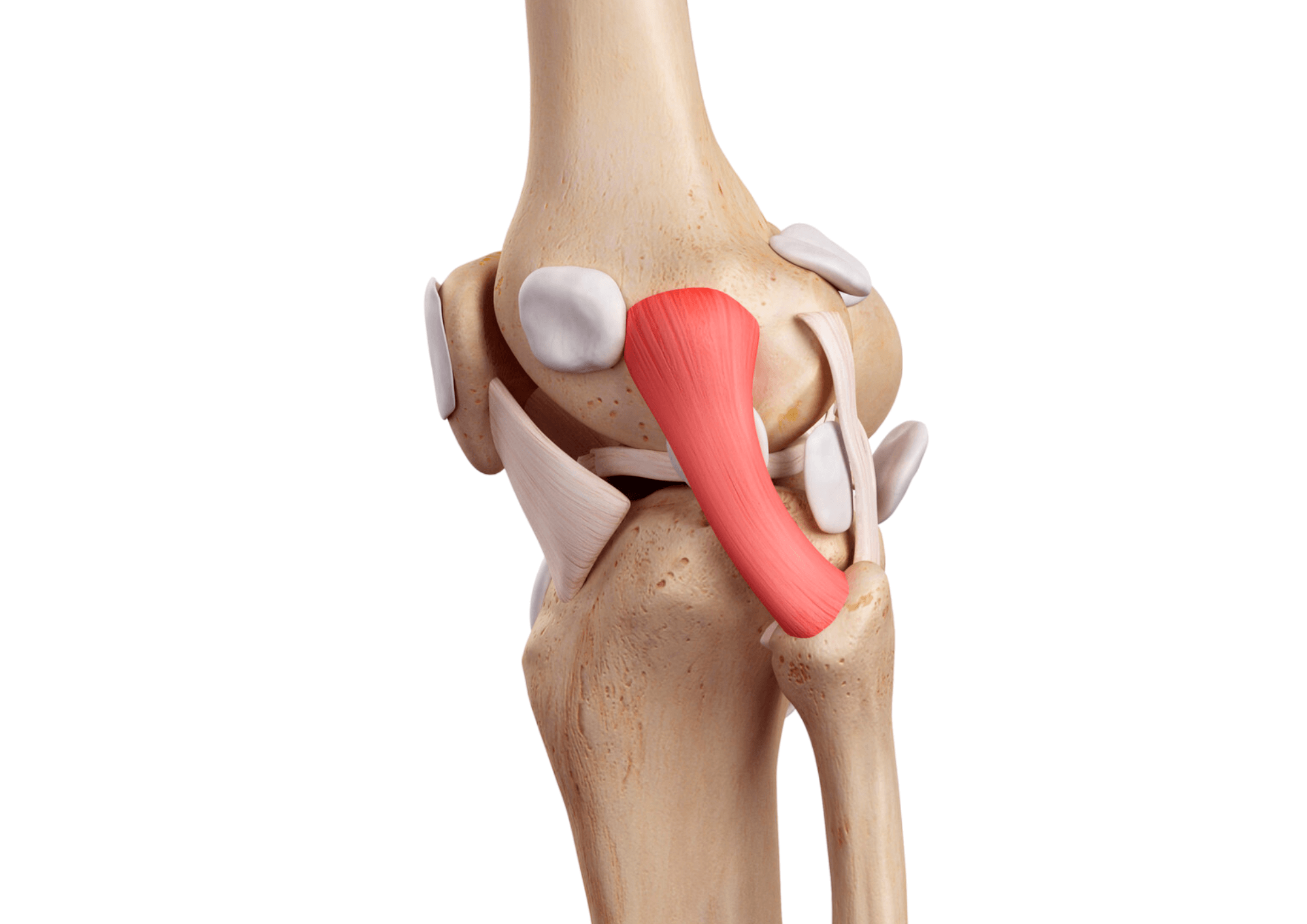
Injuries and inflammations
A knee injury can affect any ligaments, tendons or bursae that surround the knee joint, as well as the bones, cartilage and ligaments that make up the joint itself. Below you'll find some of the most common knee injuries:
Cruciate Ligament Rupture
A cruciate ligament tear is an injury to one of the four ligaments that connect the tibia to the femur. The anterior cruciate ligament is about ten times more likely to tear than the posterior cruciate ligament. This knee injury is especially common in basketball, soccer, skiing, or other sports that require sudden changes in direction.
Meniscus tear
The menisci are crescent-shaped, rubbery cartilages in the knee joint that act as shock absorbers between the tibia and femur. The cartilage consists of the outer and inner meniscus. Meniscus damage can occur from sudden twisting and overuse
Bone fractures
The bones of the knee, including the kneecap (patella), can be broken in falls or (car) accidents. People whose bones are weakened by osteoporosis can even fracture their knee just by stepping on it.
Bursitis
The bursae are the small fluid sacs that cushion the outside of the knee joint so that tendons and ligaments can glide smoothly across the joint. Some knee injuries cause inflammation of these bursae. This may be manifested by warmth , swelling or redness of the knee.
Inflammation of the patellar tendon
The so-called tendinitis causes irritation and inflammation of one or more tendons. Tendons are the thick, fibrous tissue that connects muscles to bones. Runners, skiers, cyclists and people who participate in jumping sports are often affected by patellar tendonitis. If degenerative changes develop as the condition progresses due to wear and tear, it is referred to as "patellar tendon syndrome" or colloquially "jumper's knee."
Iliotibial band syndrome
This occurs when the tough band of tissue that extends from the outside of the hip to the outside of the knee (the iliotibial band) becomes so tight that it rubs against the outer part of the femur. Long-distance runners and cyclists are particularly susceptible to iliotibial band syndrome, which is why it is known as "runner's knee."
Baker's cyst
Baker's cyst is a joint fluid-filled enlargement of the joint capsule located at the back of the knee. The development of a Baker's cyst is due to increased production of synovial fluid as a result of knee joint osteoarthritis or a meniscus tear.
Knee malalignment
In a healthy, straight leg, the center of the knee joint lies exactly on the line between the center of the ankle joint and the center of the hip joint. However, in the following deformities, this line is not straight, which can lead to incorrect loading, pain and joint wear.
Bow Legs
In bowlegs, the center of the knee joint lies outside the previously mentioned line. As a result, the inner side of the knee is subjected to increased stress.
Knock Knees
In the case of the knock knees, the center of the knee joint lies inside this line, which means that the outside of the knee joint is subjected to increased stress.
Both bow legs and knock-knees manifest themselves as stabbing pains during certain movements or as start-up pains after prolonged sitting or lying down.
Diseases of the knee joint
Inflammatory and degenerative (wear-related) diseases of the knee joints are more common in older patients.
Rheumatism
Rheumatoid arthritis is an inflammation of the joints that can affect one or more joints. The composition of the synovial fluid is negatively affected, leading to damage and later destruction of the articular cartilage. Rheumatoid arthritis manifests itself in swelling and pain both under stress and at rest, up to and including an increasing restriction of movement.
Osteoarthritis
Knee joint osteoarthritis, also known as gonarthrosis, is a degenerative joint disease in which the cartilage in the knee joint is gradually broken down. This protective cartilage, which covers the ends of bones in the joint, normally provides smooth movement and shock absorption. With knee joint osteoarthritis, the cartilage becomes thin and cracked, leading to pain, stiffness and limited mobility.
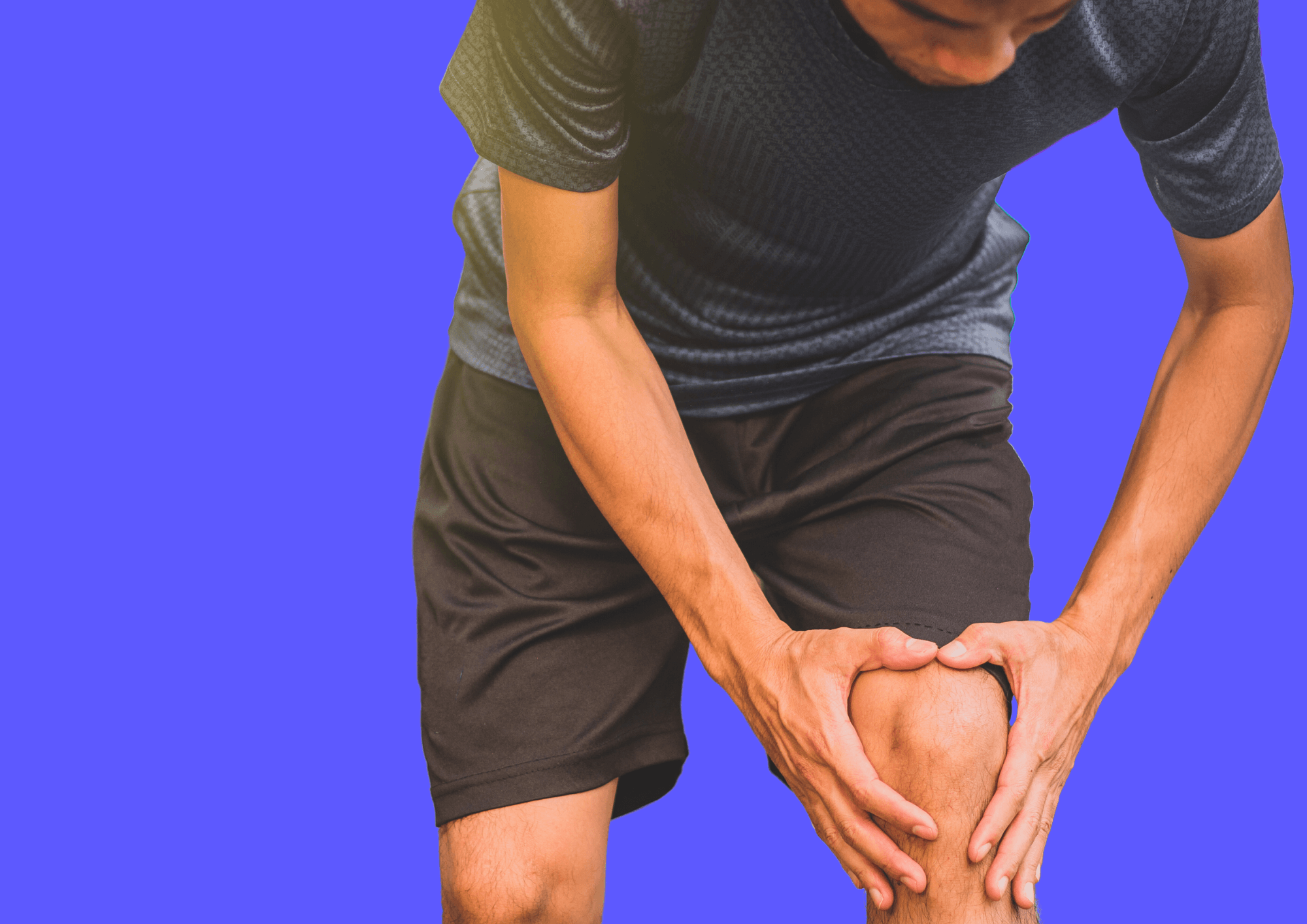
When to seek medical evaluation?
Mild, short-lived pain in the knee doesn't always require a medical exam right away. However, you should contact your health care provider under the following circumstances:
- If you can't fully extend or bend your knee
- If you cannot put weight on your knee or feel that your knee is unstable or giving way
- If there is significant swelling of the knee
- If you notice obvious deformity of the leg or knee
- If you have a fever in addition to redness and swelling
- If your knee pain occurs in conjunction with another injury
Diagnosis of knee pain
To locate the appropriate treatment, the first step is to get a diagnosis from a doctor. This may look like the following:
1. Physical examination:
The first stage of diagnosis usually begins with a thorough physical examination. The physician will check the affected knee for swelling, discoloration, and limitations in mobility.
2. Imaging:
Imaging techniques such as magnetic resonance imaging (MRI) may be used for a more accurate assessment. This allows a closer look at the internal structures of the knee, such as ligaments, tendons and the meniscus.
3. Arthroscopy:
In some cases, it is necessary to perform a joint endoscopy, also called arthroscopy. In this procedure, a small incision is made and a thin instrument with a camera is inserted into the knee. This allows the doctor to directly inspect the knee joint and assess possible damage.
Treatment of knee pain
Treatment methods can be divided into two main categories: conservative measures and surgical procedures.
Conservative measures:
- Physiotherapy:
Physiotherapy plays a crucial role in the treatment of knee problems. A customized exercise program can strengthen muscles, improve mobility and relieve pain. - Knee Bandages:
Bandages provide support and stability and may be useful for certain knee injuries. - Anti-inflammatory medication:
Depending on the cause of the knee problems, anti-inflammatory medication can relieve pain. - Orthopedic aids:
Orthopedic aids such as orthotics can increase the stability of the knee and aid in healing. - Resting of the affected knee:
In some cases, it may be necessary to rest the knee to relieve acute pain and promote healing. However, depending on the cause of the pain, immobilization can be extremely counterproductive, which is why prior medical evaluation is so important for appropriate treatment.
Surgical treatment:
- Arthroscopy:
Arthroscopy can be used not only for diagnosis but also for surgical procedures. During the procedure, damaged tissues can be repaired or removed. - Knee arthroplasty (knee TEP):
In cases of advanced osteoarthritis or severe damage to the knee joint, knee arthroplasty, also known as total knee arthroplasty (TEP), may be necessary. This involves replacing the damaged joint with an artificial joint to relieve pain and restore mobility. - Cruciate ligament reconstruction:
If the anterior cruciate ligament is torn, cruciate ligament reconstruction may be necessary. This procedure involves taking out part of a tendon to replace the torn cruciate ligament and restore stability to the knee. - Meniscus repair or partial removal:
A torn meniscus may require repair or partial removal of the meniscus, depending on the type and location of the tear. This helps relieve pain and restore knee function. - Realignment osteotomy:
For some types of leg deformity or knee joint instability, a realignment osteotomy may be considered. This procedure changes the bone profile to distribute the load more evenly across the knee, reducing pain. - Cartilage grafting or cartilage regeneration:
For patients with cartilage damage, cartilage grafting or regenerative therapies such as cartilage cell transplantation may be considered to repair or replace damaged cartilage.
It is important to emphasize that the choice of the appropriate treatment method depends on the diagnosis and the individual's health condition. An experienced healthcare professional will recommend the best possible treatment option to relieve pain and restore full functionality to the knee.
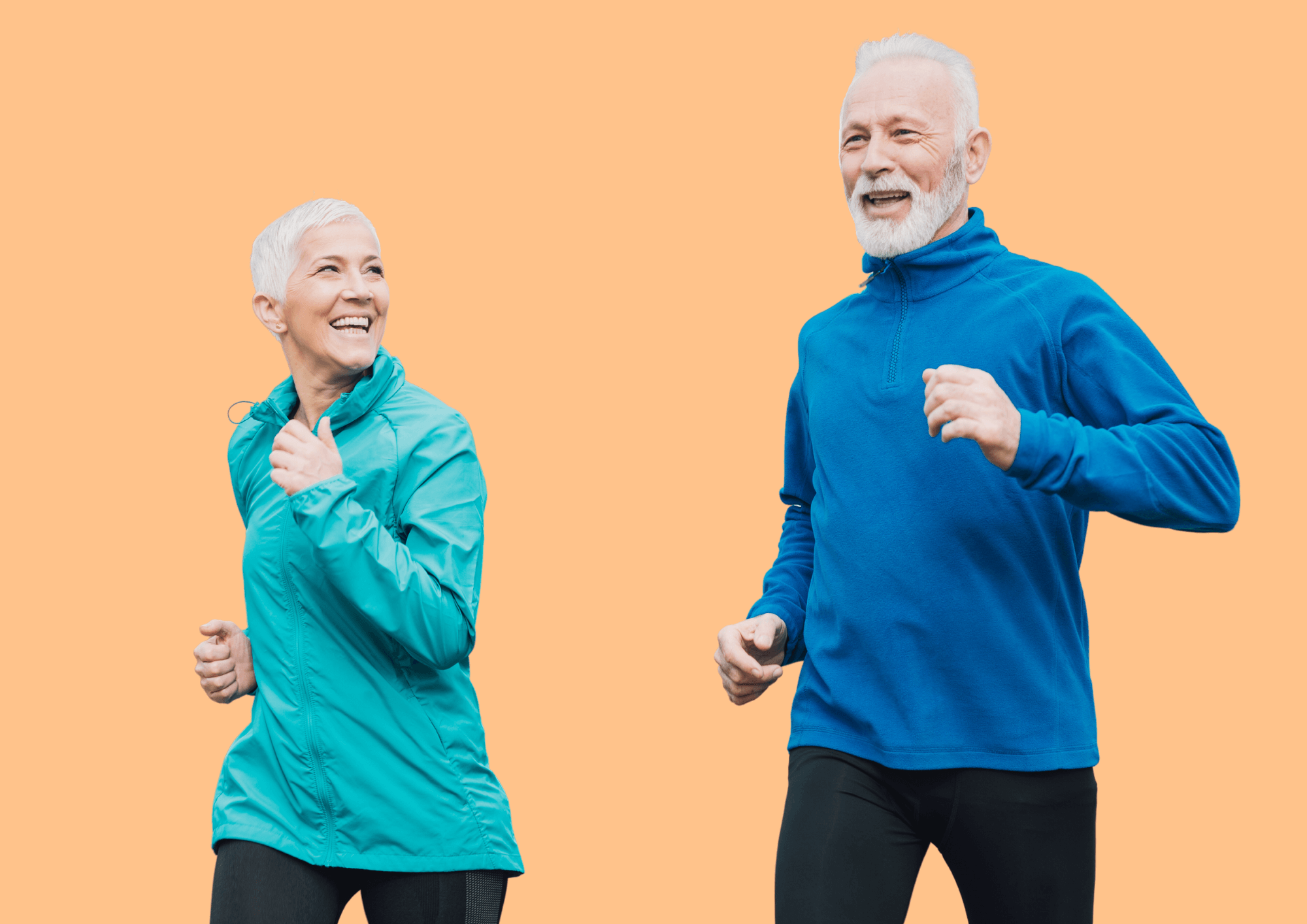
Prevention of knee injuries
It is not possible to prevent all causes of knee pain, but adhering to the following precautions can help prevent injury and joint wear:
- Maintain a healthy body weight
Not only is this important for overall health, but also for all bones and joints. Every excess pound puts stress on the knees during everyday walking, stair climbing, etc., and increases the risk of injury and arthritis by accelerating the breakdown of joint cartilage. - Getting in the right shape for your sport
Different sports require different warm-ups and conditioning of the muscle groups needed. - Performing movements correctly
Whether your preferred sport is strength training or figure skating, proper instruction from a professional trainer helps ensure that movements are performed correctly, thereby preventing injury or joint wear. - Targeted muscle training
Weak muscles are one of the leading causes of knee injuries. Trained calf and thigh muscles help support and stabilize the knees. Additional balance training helps the muscles around the knees work together more effectively. - Stretch regularly
Tight muscles can make injuries more likely. That's why it's important to incorporate flexibility exercises into your workouts to stretch your muscles regularly. - Listen to your body
Those who suffer from knee osteoarthritis, chronic pain, or recurring injuries may need to modify their workouts. Consider switching to swimming, water aerobics or other low-impact activities for the knee and ankle joints - at least for a few days each week. Sometimes just cutting back on demanding activities can help.


